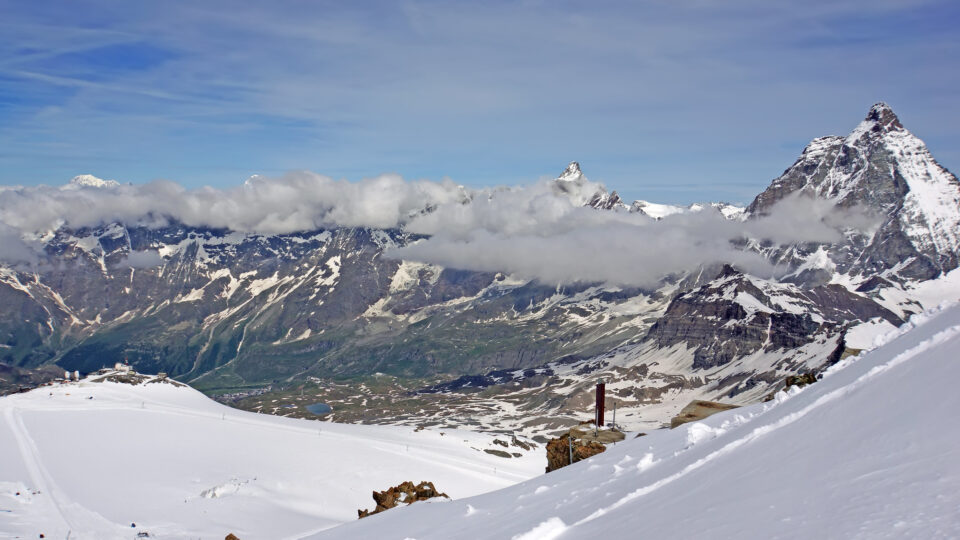In 2022, glaciers in the Swiss Alps melted more than in any year on record. This is the latest piece of bad news for the country’s glaciers, which have lost more than half of their volume of ice since the 1930s.
The melting season for Switzerland’s snow and ice typically starts in May and ends in early October. This year’s melting season caused glaciers in the Diablerets mountain group to thin by an average of 13 feet, which is 3 times the amount of thinning observed over the past decade. The Tsanfleuron pass between two of the glaciers is now exposed as bare rock for the first time in several thousand years. Across Switzerland, glaciers lost about 6% of their remaining volume just this year. The previous worst year for glaciers was 2003, when losses were nearly 4%.
There was significant melting this year in part because of the small amount of snowfall over the winter. That snow melted quickly, being sped up by the warming effect of dust from the Sahara Desert falling on the snow. By early summer, there was no longer a protective blanket of snow on the glaciers, exposing them to summer heat.
The loss of glaciers is far more serious than the disappearance of aesthetically pleasing landscape features. Glaciers act as reservoirs of water that persist through the summer months. Melt from glaciers provides water to ecosystems and creates habitats for plants and animals. Cold runoff from glaciers affects downstream water temperatures which have a major impact on insects, fish, and other creatures. Globally, melting glaciers contribute more than 20% of the observed ongoing sea-level rise.
**********
Web Links
Photo, posted June 22, 2015, courtesy of Dennis Jarvis via Flickr.
Earth Wise is a production of WAMC Northeast Public Radio
